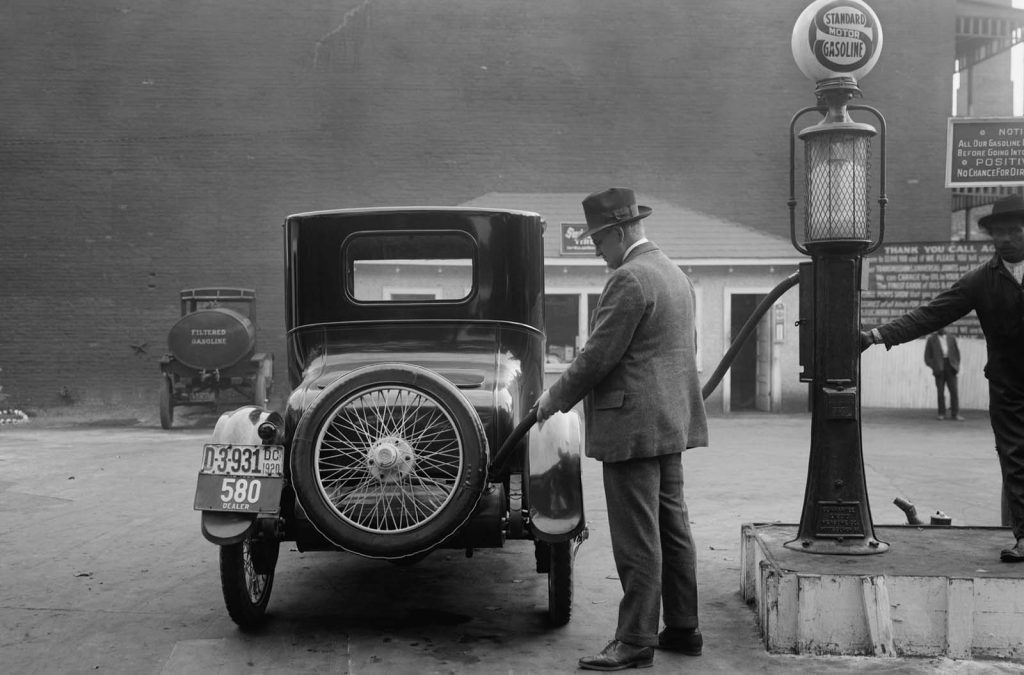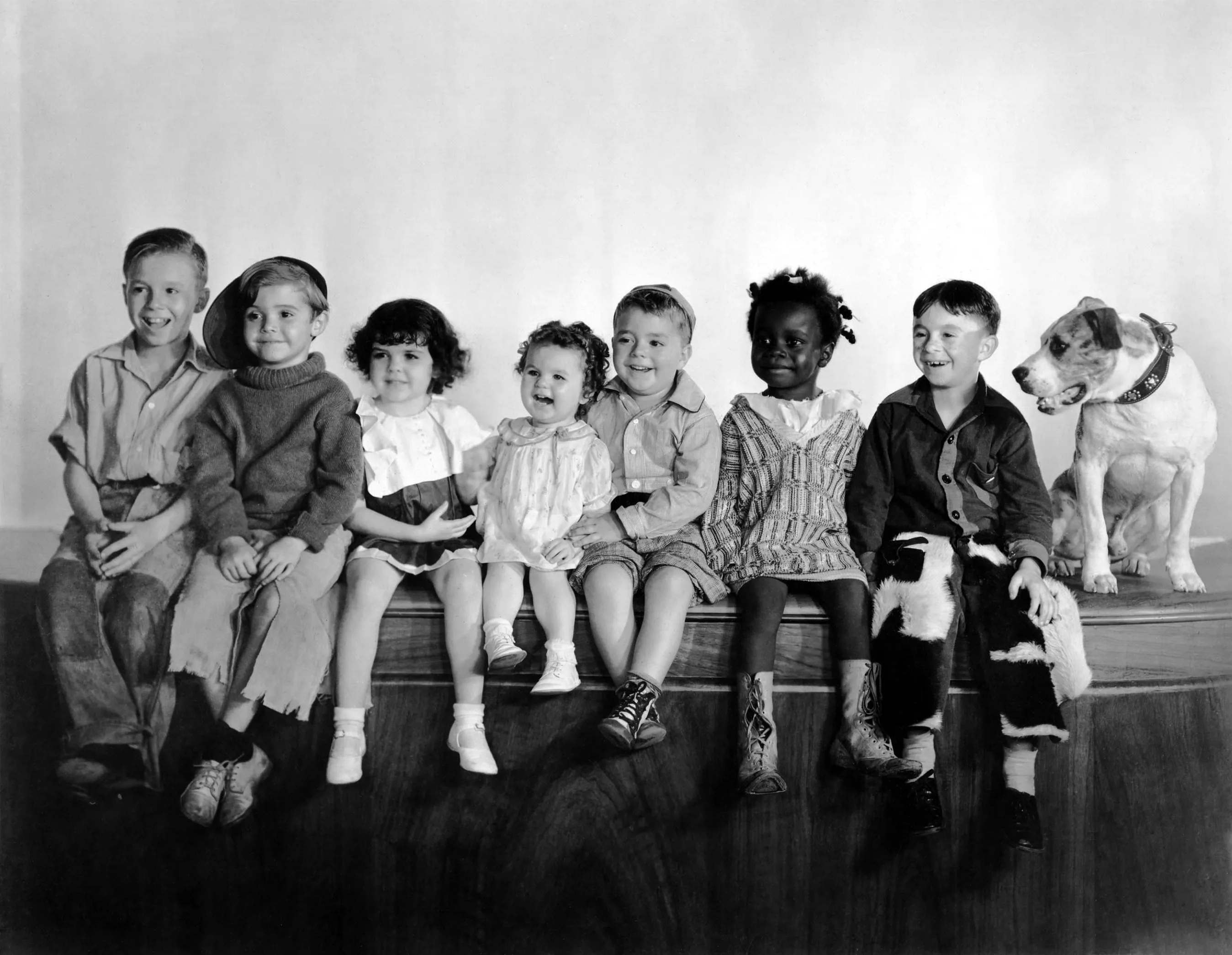In the late 1970s, television audiences were captivated by a family drama that became a cultural phenomenon – "Dallas." Premiering in 1978, this prime time soap opera not only entertained viewers but also became a societal touchstone, defining an era in American television history. Lasting until 1991, "Dallas" left an indelible mark on popular culture, shaping the landscape of television storytelling, and leaving a legacy that continues to influence the medium to this day.

The Ewings: A Dynasty of Intrigue

At the heart of Dallas was the Ewing family, a wealthy and powerful clan led by the enigmatic J.R. Ewing, portrayed with unforgettable charm and ruthlessness by Larry Hagman. J.R. was the epitome of the cunning and unscrupulous oil baron, whose obsession with power and wealth drove the show's dramatic tension. His foil was his more virtuous brother, Bobby Ewing, played by Patrick Duffy, creating a classic case of good versus evil that fueled the series.
The show's intricate plotlines revolved around family betrayals, romantic entanglements, and corporate power struggles. Viewers were drawn into the lives of the Ewings, their allies, and their adversaries. The tension between the two Ewing brothers was at the core of the series, with J.R.'s conniving schemes constantly challenging Bobby's moral compass.
The Dallas Saga: A Reflection of the Times

Dallas' success can be attributed to its clever use of socio-cultural themes that resonated with its audience. The show premiered in 1978, a time when the United States was grappling with the consequences of the oil crisis and the growing divide between the wealthy elite and the struggling working class. The Ewings' opulent lifestyle, driven by their oil riches, mirrored the excesses of the time and served as a commentary on the inequality that plagued the nation.
The show was also a product of its era in terms of fashion, politics, and societal norms. The characters' extravagant wardrobes, typified by big hair, bold shoulder pads, and lavish evening gowns, defined 1980s fashion. Dallas also delved into the political landscape of the period, touching on issues such as the Iran hostage crisis, the Reagan era, and the challenges of corporate greed.

Beyond the socio-cultural context, Dallas was a reflection of the changing television landscape. It was one of the first prime-time soap operas and helped pave the way for the genre's popularity in the years that followed. Dallas' notorious "Who Shot J.R.?" cliffhanger at the end of the 1979-1980 season became a cultural phenomenon, showcasing the power of serialized storytelling and making television events a staple of American pop culture.
The Oil Industry: A Character in Its Own Right

Oil, the black gold of Texas, played a central role in the Dallas storyline. The Ewing family's wealth and power were built on their control of Ewing Oil, a fictional oil company. The show offered a fascinating glimpse into the inner workings of the oil industry, with corporate takeovers, drilling operations, and fierce rivalries between oil magnates providing ample material for compelling drama.
The portrayal of the oil industry was not limited to the boardroom; it extended to the vast Ewing ranch, Southfork, and its sprawling acreage. Southfork Ranch, located in Parker, Texas, became an iconic location featured throughout the series. The stunning backdrop of the ranch added depth to the show, emphasizing the vast wealth and influence of the Ewing family.
Cast and Characters: An Unforgettable Ensemble

The success of Dallas also owed much to its talented ensemble cast. Beyond J.R. and Bobby Ewing, the show featured a wide range of memorable characters, each with their own compelling storylines. Linda Gray played Sue Ellen Shepard, J.R.'s long-suffering wife, whose struggles with alcoholism and her tumultuous marriage kept viewers hooked. Victoria Principal portrayed Pamela Barnes Ewing, Bobby's wife and daughter of Jock Ewing's old business partner, creating tension and rivalry within the family.
Other notable characters included J.R.'s loyal but cunning ally, J.R.'s long-suffering wife, whose struggles with alcoholism and her tumultuous marriage kept viewers hooked. Victoria Principal portrayed Pamela Barnes Ewing, Bobby's wife and daughter of Jock Ewing's old business partner, creating tension and rivalry within the family.

Other notable characters included J.R.'s loyal but cunning ally, Cliff Barnes, portrayed by Ken Kercheval, and the oil tycoon Jock Ewing, played by Jim Davis. These characters added depth to the show's intricate web of relationships and alliances.
Dallas' Impact and Legacy

Dallas' cultural impact extended beyond its years on the air. It spawned a successful spin-off series, "Knots Landing," which ran from 1979 to 1993, and several made-for-TV movies. The infamous "Who Shot J.R.?" episode remains one of the most-watched television events in history, with over 90 million viewers tuning in to discover the answer.
The show also led to a revival in the popularity of soap operas, with other successful prime-time soaps like "Dynasty" and "Falcon Crest" following in its wake. The influence of Dallas is still evident in the serialized storytelling and complex character relationships that define modern television dramas.
In Conclusion

Dallas (1978-1991) was more than just a television show; it was a cultural phenomenon that reflected the socio-cultural climate of its time and redefined the soap opera genre. Its compelling characters, intricate plotlines, and iconic setting made it a staple of American television history. Even after its conclusion, the legacy of Dallas endures in the hearts and minds of its dedicated fans and in the lasting impact it had on the world of television. The Ewing family may have left Southfork Ranch, but their legacy continues to captivate and entertain audiences to this day.



